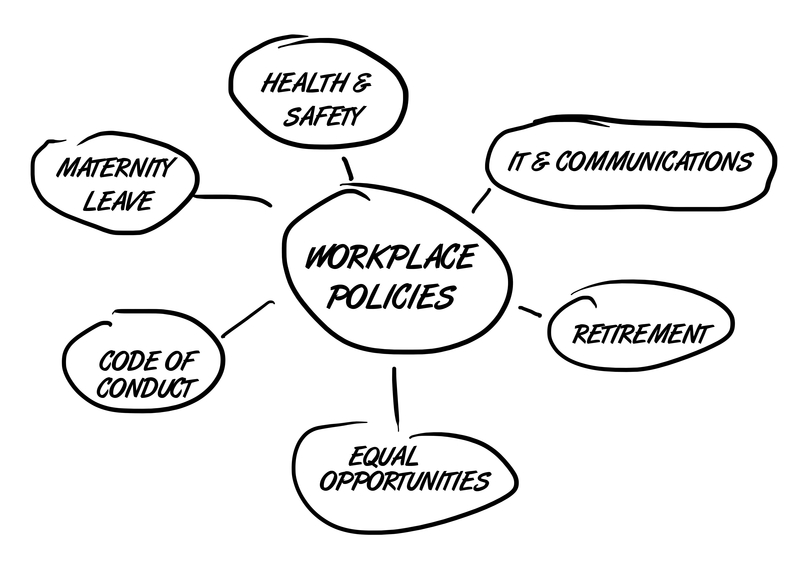How much have you done to prioritize safety in your studio or gym? As if you don’t have enough to do! Yet workplace safety is such a big deal that a whole government agency has been created to regulate it, and many places have safety festivals, like this one in Eugene, Oregon. In fact, implementing, and documenting, your safety procedures can minimize your risk of insurance claims and financial loss.
An employee handbook typically includes basics about what is expected of employees, how your business operates, and reviews legal issues. An often incomplete piece is the safety section. A robust safety manual within your handbook enables your employees (including supervisors and instructors) to understand how to properly instruct students and maintain equipment, to help prevent injuries and accidents.
Your workplace handbook should be developed with input from your employees. It can be incorporated in the training of new employees and as a reference guide for your entire staff.
Workplace safety manuals should include employee safety policies and procedures that address key risk areas, including instruction, supervision, inspection, and maintenance. It should also include an Emergency Action Plan. Review OSHA’s requirements and responsibilities of employers, and be sure to include anything relevant that they require for your situation. The safety section of your handbook should show how to:
- Instruct employees on safety
- Supervise employees
- Inspect indoor, outdoor, and off-site facilities and equipment
- Maintain indoor and outdoor facilities and equipment
- Enact the Emergency Action Plan
Each of the major topic areas should include detailed employee safety policies, procedures, and checklists.
Instruction of employees
Include guidelines for proper orientation and training of new instructors, assistants, and temporary workers, if necessary. Include as much detail as possible on the studio’s safety rules and regulations, not only as they relate to instructing students, but also how parents and visitors must be instructed and observed to ensure safety. Be sure to include a schedule for ongoing safety training sessions, and include a checklist for such things as:
- Instructors meet the baseline education, certification, or experience qualification requirements.
- Initiate training safety sessions for activities conducted in the main facility as well as any offsite facilities students may perform at.
- Encourage and provide opportunities for instructors to participate in ongoing training and education.
- Keep a record of all training events in log book.
- Instructors should be certain that appropriate safety or First Aid kits are available during practices, games, or other events and activities.
Supervision of employees
Include guidelines for regularly observing instructors to ensure that they are performing their duties competently, and following proper safety procedures. Supervisors and instructors must provide a reasonable amount of care. Consider such things as:
- Instructors must teach activities in a step-by-step manner.
- Determine whether basic or specialized supervision is needed.
Inspection of indoor/outdoor facilities and equipment
Include protocols for performing regular maintenance and inspection of existing facilities to prevent accidents and injuries, such as slips or falls. Include guidelines for routinely inspecting the facilities for hazards and such things as leaks and objects that could cause accidents or injuries. Create one or more checklists for inspection, such as things needed daily, versus monthly.
Maintenance of indoor and outdoor facilities and equipment for safety
Like your inspection checklist(s), create similar scheduled checklists for maintenance. Here are a few examples:
- Clean entrance, main studio room, bathrooms, etc.
- Monitor and maintain appropriate humidity and temperature levels.
- Carry out regular maintenance to all major and minor components.
Emergency Action Plan
An Emergency Action Plan is developed to deal with an emergency in a calm, efficient, and organized manner. Emergency Action Plans deal with a variety of incidents, including Sports Injuries, Tornadoes/Hurricanes/Flooding, Fire, Missing Persons, Chemical Leaks, and Bomb Threats.

